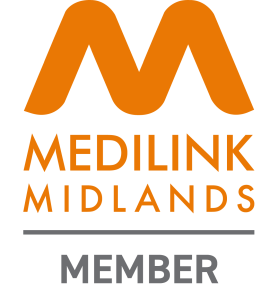How To Prepare A Cleanroom For Inspection
Cleanroom guidelines are continually evolving as new technologies develop, with changes in enforcement creating pressure on existing cleanroom facilities. Businesses must adapt practices and documentation for compliance. Particularly in pharmaceutical and medical settings, cleanrooms are a primary focus of regulatory inspections, which include classification checks. To maintain standards and compliance, prepare for cleanroom inspections by regularly checking functionality, documentation and baselines, and performing internal reviews.
Understand GPvP Inspection Scope and Standards
In the UK, Good Pharmacovigilance Practice (GPvP) inspections are organised by the MHRA to monitor the safety of medicines on the general market. The MHRA conducts these inspections on medical manufacturers and marketers when they apply for Marketing Authorisation, and afterwards to ensure their authorisation remains valid.
Before the inspection, business owners must acknowledge the notification and provide the requested documentation, which may include procedural documents, minutes of safety review meetings, product safety reviews, audit risk assessments, and agreements with service providers as necessary.
Key Elements of a Cleanroom Inspection Checklist
The inspection team may conduct site visits and personnel interviews, review documents and computer systems such as pharmacovigilance databases. The team may include up to four inspectors, and may last two to five days.
Interviewees are usually operational personnel involved with cleaning and safety SOPs, as well as regulatory affairs, and management of post-authorisation safety studies. Interviews with senior executives may occur if serious business issues are identified.
Discussion typically focuses on matters as they arise during the inspection, to allow for complete clarity. This means all feedback and action points will be given together at the closing meeting, rather than at the end of each day of the inspection.
Documentation: What Inspectors Will Want to See
Cleanroom Inspection teams frequently examine documentation of the following:
- Cleanroom cleanliness and classification compliance
- Particle Concentration in each zone
- Airflow, pressure differentials, and HVAC system checks
- Filter integrity testing (HEPA/ULPA)
- Environmental and particle monitoring records
- Calibration logs for equipment
- Access control and gowning procedures
- Current validation certificates
- Cleaning records
- Staff training records
Robust record-keeping practices and systems can make sure you are ready with full and up-to-date documentation in good time for any inspection.
Staff Training and Inspection Readiness
Ideally, staff should not need to prepare much for inspections, as their knowledge and training is up to date and consistently applied each shift. However, mistakes happen from time to time, and avoiding them on an inspection day is easier with regular checks and training.
Make sure all standard operating procedures are included in training and clearly displayed in work areas to support consistency.
Brief all operating staff prior to inspection to ensure they understand the appropriate scope of interviews, as well as inspection conduct. Ensure they are confident in interviews with proper training and support.
Day of Inspection Tips
- Check that all documentation is collated and properly labelled for ease.
- Walk through the facility and check that every area has the proper equipment and information. Observe cleanliness standards for that zone.
- Designate spokespersons for each area to ensure each operative is prepared for an interview.
- Designate an office space as a base for inspectors, with documentation and any other resources they may require.
Partnering with a Cleanroom Compliance Specialist
As notification for routine inspections is not usually far in advance, keep your cleanroom up to date and schedule regular maintenance to ensure you are always ready when inspections occur. Many cleanroom companies provide maintenance services that can ensure the particle concentration in your critical areas remains at the right level for your ISO rating.
At Airology, our engineers provide cleanroom updates to bring new technology into your configuration. We also provide cleanroom maintenance to help keep HEPA filters, HVAC systems and other equipment functioning properly.
If you’re looking to upgrade your facility, our comprehensive cleanroom design and build and cleanroom installation services ensure full compliance from concept to completion.




